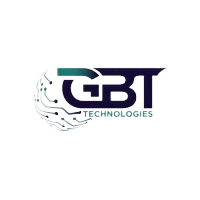Industrial design is the creative act of determining and defining a product’s general form and feature. Using iPhone as an example, industrial designers created the iPhone’s elegant appearance and minimalistic user interface.
While industrial design answers the questions about how the product looks and works, it doesn’t tell you the size of all the parts, their positions and how to manufacture and assemble them. Mechanical design takes care of all the above and turns a product concept into manufacturable parts.
Our industrial designer starts by searching around products similar to yours.
The industrial designer composes several 2D sketches to illustrate possible concepts of the product. You need to choose one that resonates the most with your branding.
The industrial designer specifies the product characteristics, such as the overall form of the object, the relative location of each part, colours, texture, shape, and other aspects concerning the use of the product.
The industrial designer generates high fidelity 3D rendered images that you can use in marketing activities.
Based on the outcome of industrial design, our mechanical designer generates 3D models for your products.






- Feasibility analysis
- Detailed product design specification
- Product cost breakdown
- Customized business plan
- 2D sketches
- High fidelity rendered images
- 3D modeling
- Stress and Failure analysis
- Component selection
- Schematic capture
- PCB Layout
- BOM generation
- Firmware (C/C++) for bare metal and RTOS systems
- Embedded software (C, C++, Python) for Linux or Android systems
- UX & UI design
- Frontend web interface (React, AngularJS)
- Cloud backend & APIs (Javascript, Python, .NET)
- UX & UI design
- iOS Mobile App development (Swift)
- Android Mobile App design (Java, Kotlin, C++)
- App Store/Google Play publication
- Package & label design
- Product certification
- Plastic injection molding
- Supplier establishment
- PCB fabrication and assembly
- Test jig development
- Product assembly
- Production management
- Logistics